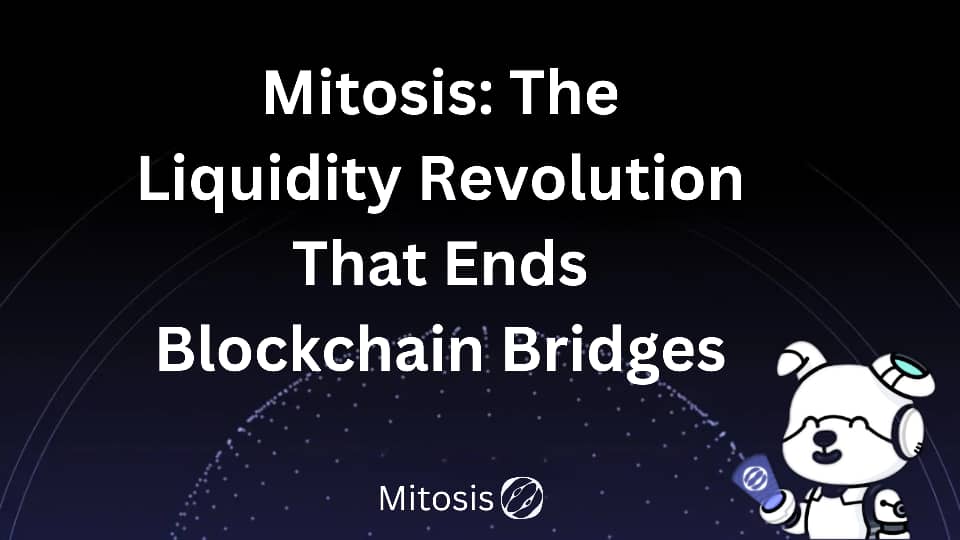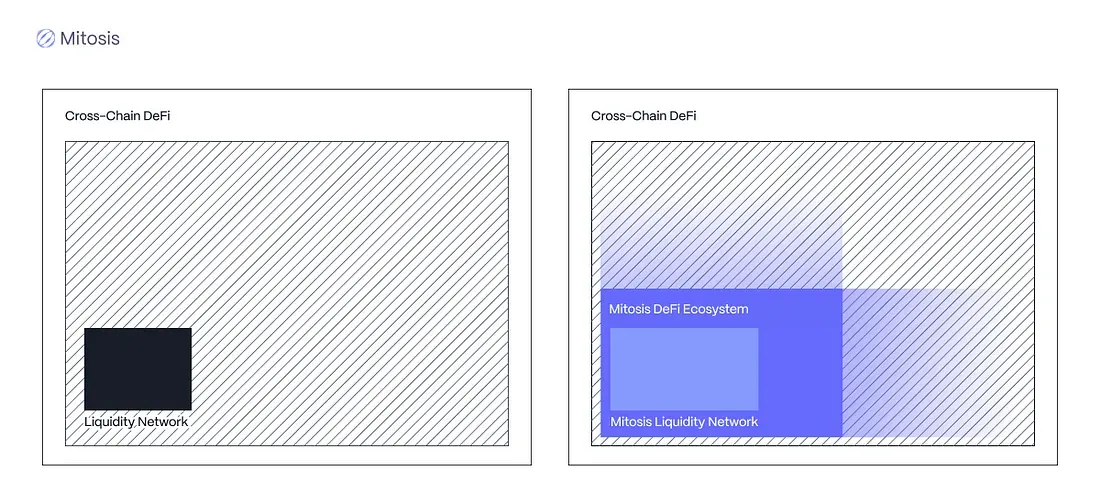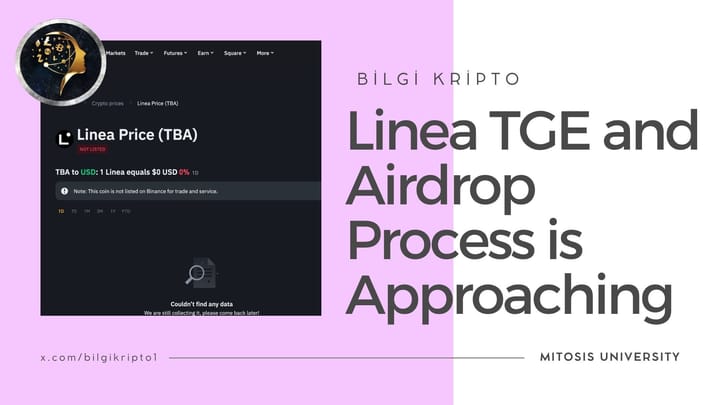Mitosis: The Liquidity Revolution That Ends Blockchain Bridges

Introduction: The Liquidity Fragmentation Problem in DeFi
Liquidity is the lifeblood of DeFi, yet it remains fragmented across chains, causing inefficiencies, high slippage, and poor capital utilization. Users struggle with bridging assets, dealing with high fees, and managing multiple wallets.
Mitosis is solving this with a next-generation cross-chain liquidity model. Instead of relying on wrapped assets or risky bridges, Mitosis enables modular liquidity that moves natively between chains.
But what makes Mitosis different?
- Eliminates bridging risks
- Enables trust-minimized cross-chain execution
- Optimizes capital efficiency with smart liquidity routing
Want to understand the future of DeFi liquidity? Let’s dive into Mitosis’ approach and how it compares to other solutions.
🔗 Explore Mitosis’ Documentation
The Problem: Why DeFi Liquidity is Broken
DeFi liquidity is scattered across multiple blockchains, creating several challenges for users and protocols:
- High Slippage & Poor Capital Utilization – Liquidity pools are thin, leading to inefficiencies in trade execution.
- Risky & Expensive Bridges – Moving assets across chains exposes users to smart contract vulnerabilities and high fees.
- Fragmented Yield Strategies – Protocols must split liquidity, reducing composability and efficiency.
For example, swapping USDC from Ethereum to Solana currently requires:
- Bridging funds → Paying fees + exposing funds to risk
- Swapping on a new chain → Facing potential slippage
- Managing multiple wallets → Adding complexity
Mitosis eliminates this friction by making liquidity borderless.
Mitosis is Redefining Cross-Chain Liquidity
- Modular Liquidity: No More Wrapped Assets
Unlike traditional bridges that use wrapped tokens, Mitosis operates a modular liquidity framework that allows liquidity to move natively across chains.
Benefit: No need to bridge assets—liquidity is instantly accessible across networks.
- Smart Liquidity Routing: Optimized Execution
Mitosis uses automated liquidity routing to ensure trades always get the best execution without requiring manual transfers.
Benefit: No slippage, no delays, and no unnecessary gas fees.
- Trust-Minimized Cross-Chain Execution
Most cross-chain protocols rely on centralized relayers or multi-sig systems, making them vulnerable to hacks and exploits. Mitosis takes a trust-minimized approach, ensuring liquidity movements are verifiable and secure.
Benefit: No single point of failure—fully decentralized execution.
The Bridge Killer: Why Mitosis Leaves Other Cross-Chain Solutions Behind
Mitosis isn't the only cross-chain liquidity solution, but it's the most efficient. Here’s why:
- Unlike LayerZero, Mitosis doesn’t require off-chain relayers, reducing centralization risks.
- Unlike Axelar, Mitosis avoids wrapped assets, ensuring better capital efficiency.
- Unlike Wormhole, Mitosis uses a trust-minimized model that prevents hacks and exploits.
Why This Matters: Users and protocols can access liquidity anywhere without exposure to centralized risks or inefficient models.
🔗 Comparison of Cross-Chain Solutions

The Future is Fluid: Why Modular Liquidity Will Dominate DeFi
As DeFi moves toward a multi-chain world, seamless liquidity access will define the next generation of decentralized finance.
- No more fragmented liquidity pools
- No more complex bridging processes
- No more inefficient capital allocation
Mitosis is building the infrastructure for borderless liquidity, ensuring DeFi is scalable, efficient, and accessible.
Conclusion: Mitosis is a Game-Changer
Mitosis is not just another cross-chain protocol—it’s a foundational shift in how liquidity moves across DeFi.
No bridges. No wrapped assets. Just seamless, capital-efficient liquidity.
Are you ready to be part of the future?
Useful links:
Mitosis documentation
Official X
Blog Mitosis



Comments ()